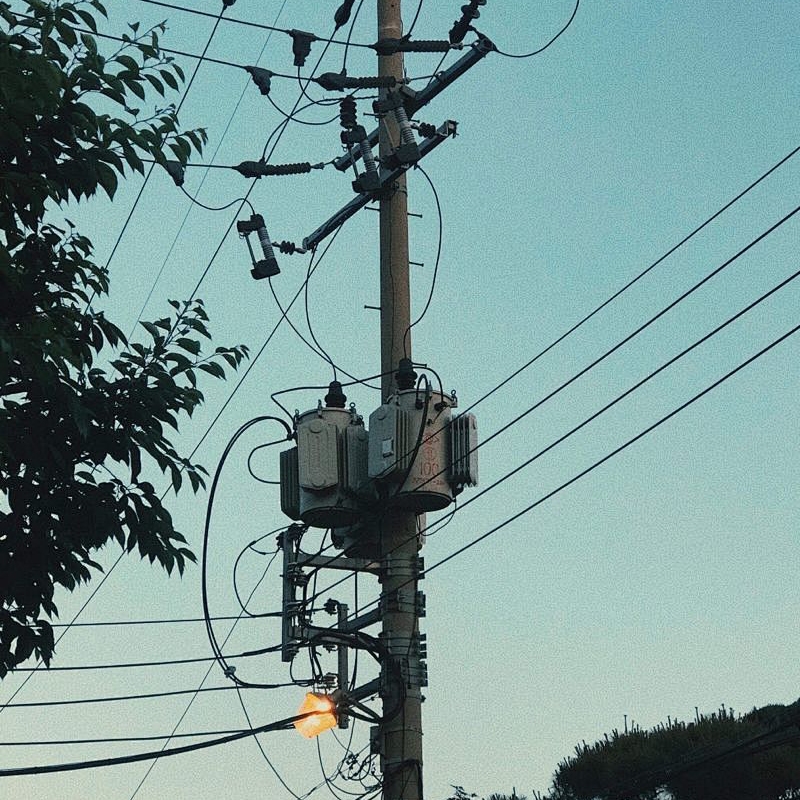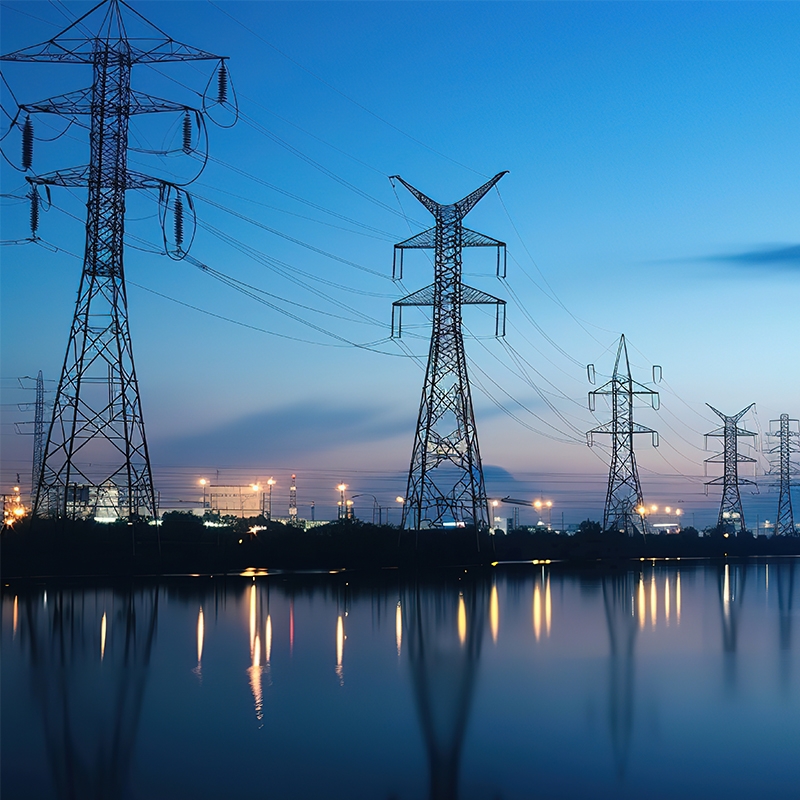A comprehensive understanding of the "transformer", after reading this article you will have a new understanding of the transformer!
What is a transformer? Presumably most electrical personnel are very familiar, but if it comes to the role of the transformer, the principle and other related parameters, many electrical personnel may only know one of them. Transformer (Transformer), transformer is to change the voltage, both the voltage can be increased, but also the voltage can be reduced, both boost transformers, and step-down transformers. There are box changes in residential areas, that is, step-down transformers, larger factories have their own transformers, but also from high voltage to low voltage step-down transformers, generally 35 kV down to 380 volts. In the process of power system transmission and distribution, transformer is an important electrical equipment. Therefore, daily life is inseparable from transformers, industrial production is also inseparable from transformers. The following article will take you to a more comprehensive understanding of the "transformer", after reading the article I believe that everyone will have a new understanding.
01 Principle of transformer
Transformer is the use of the principle of electromagnetic induction to change the AC voltage and current device, the main components are primary coil, secondary coil and iron core (core). Below are several transformers of different shapes.
02 The role of transformer
Variable voltage: raise or lower the voltage, and transform the voltage into the voltage level used by residents or industries before the generator is discovered through the process of boosting, conveying and lowering.
Variable current: Changing the current while changing the voltage
Isolation: The user system and the power supply system are isolated to reduce the scope of the accident.
03 Types of Power Transformers
A. Oil-immersed transformer: transformer with transformer oil as the insulating medium and cooling medium, the iron core and coil are all immersed in the insulating oil.
B. Dry transformer: The iron core and coil are cast with epoxy resin material to play an insulating role.
C. Amorphous alloy transformer: A new type of transformer developed this year, using amorphous alloy materials as insulating media, good temperature resistance.
04 Components of a transformer
A. Body body: including core, winding, insulation support B. Voltage regulator: tap changer, (load regulator and no excitation regulator)
C. Oil tank, vane radiator (wings), casing
D. Safety device: moisture absorber, gas relay, oil filter and temperature measuring instrument.
05 Transformer oil action
(1) Insulation effect: The transformer oil has a very strong insulation performance, which produces insulation strength between the winding and the shell. DB5 and DB45 are common.
(2) Heat dissipation: The transformer oil circulates naturally between the body and the chip radiator according to the principle of heating rise, and the heat is dissipated through the radiator to keep the temperature of the coil not too high.
(3) arc suppression: When operating the on-load voltage regulator, the tap-changer will produce arc light when it is opened, and the transformer oil can extinguish-arc light and play a protective role.
06 Function of oil storage tank (oil pillow)
The oil pillow (oil storage tank) is installed on the inclined upper part of the oil tank, and the oil pipe is communicated with the oil tank. When the volume of transformer oil expands and shrinks with the change of oil temperature, the oil pillow plays the role of oil storage and oil replenishment. Prevent oil and air contact and be oxidized and damp. The oil pillow is equipped with an oil marker tube, and some are also equipped with a liquid level indicator to observe the change of the oil level.




